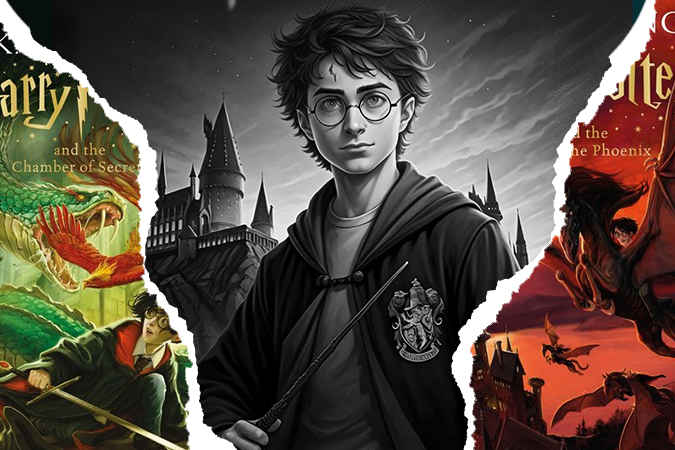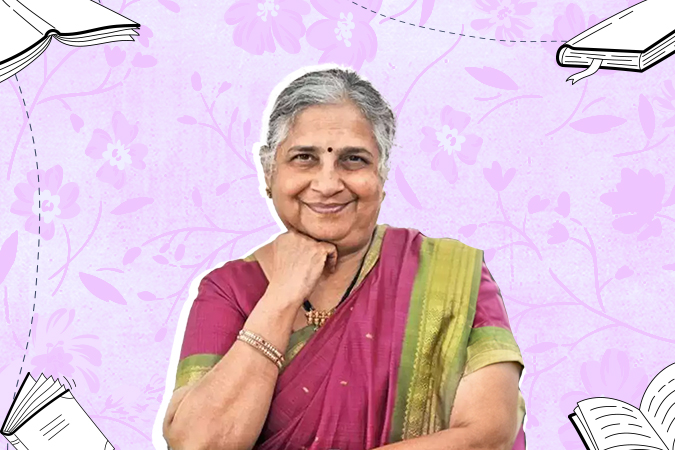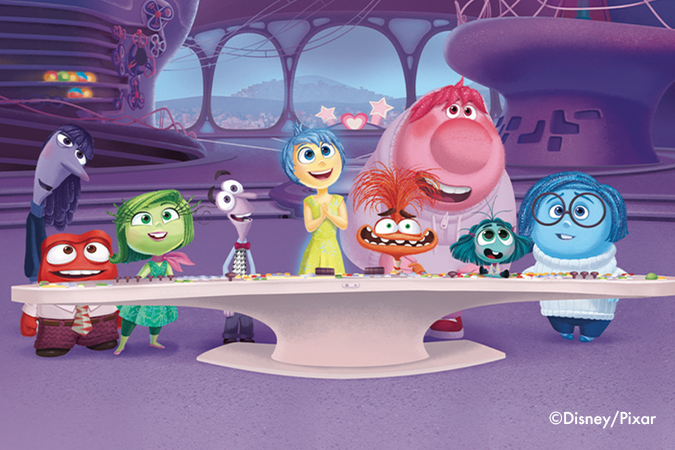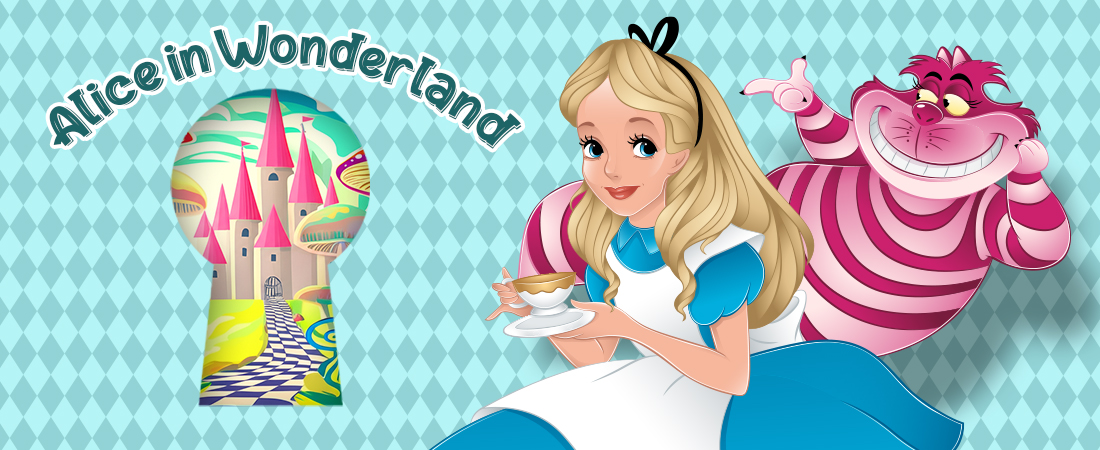
On July 4th each year, readers worldwide celebrate Alice in Wonderland Day, honouring one of the most enduring and imaginative children’s books ever written. If you’ve ever tumbled down the rabbit hole of curiosity and oddity, then Alice’s Adventures In Wonderland — as it is originally titled — needs no introduction.
Find out everything about the Alice in Wonderland book, from who wrote it and what it’s about, to the quirky characters that have become part of global pop culture.
We’ll take a quick dive into the book’s history, its surreal plot, and even touch upon something called the Alice in Wonderland Syndrome. Whether you’re a parent picking out books for your child, a collector of literary classics, or simply a fan of nostalgic tales — this read is for you.
Alice in Wonderland Day, marked on July 4, isn’t just about dressing up in tea party hats or quoting the Mad Hatter — it commemorates the day author Lewis Carroll first told the whimsical tale to a young girl named Alice Liddell in 1862. That spontaneous storytelling session became the seed for a story that would later become a beloved classic.
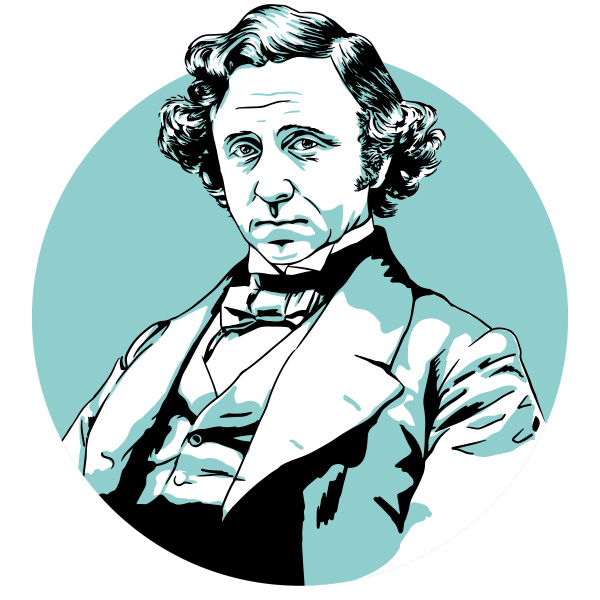
The story was written by Lewis Carroll, the pen name of English author Charles Lutwidge Dodgson. He was a mathematician, logician, and photographer, but his fame truly came from writing Alice’s Adventures in Wonderland (1865) and its sequel Through the Looking-Glass (1871). Carroll’s sharp wit, love for wordplay, and clever nonsense made the book unlike anything that existed in children’s literature at the time.
The whimsical tale of Alice in Wonderland began on a golden summer afternoon on July 4, 1862, during a rowing trip along the River Thames. Lewis Carroll — whose real name was Charles Dodgson — was a mathematics lecturer at Christ Church, Oxford, and a close friend of the Liddell family. The Liddell sisters — Lorina, Alice, and Edith — were the daughters of Henry Liddell, the Dean of the college, and Carroll would often accompany them on leisurely outings.
To keep the girls entertained on one such excursion, Carroll spun a fantastical tale about a young girl who tumbles down a rabbit hole into a world of curious creatures and nonsensical adventures.
Alice Liddell, the spirited middle sister, is widely believed to have inspired the character of Alice in Alice’s Adventures in Wonderland. Alice was so captivated by the story that she begged Carroll to write it down for her. He obliged, gifting her a handwritten manuscript titled Alice’s Adventures Under Ground, complete with his own illustrations.
That simple request led to what would become Alice’s Adventures in Wonderland — a literary classic that has since enchanted generations and never gone out of print.
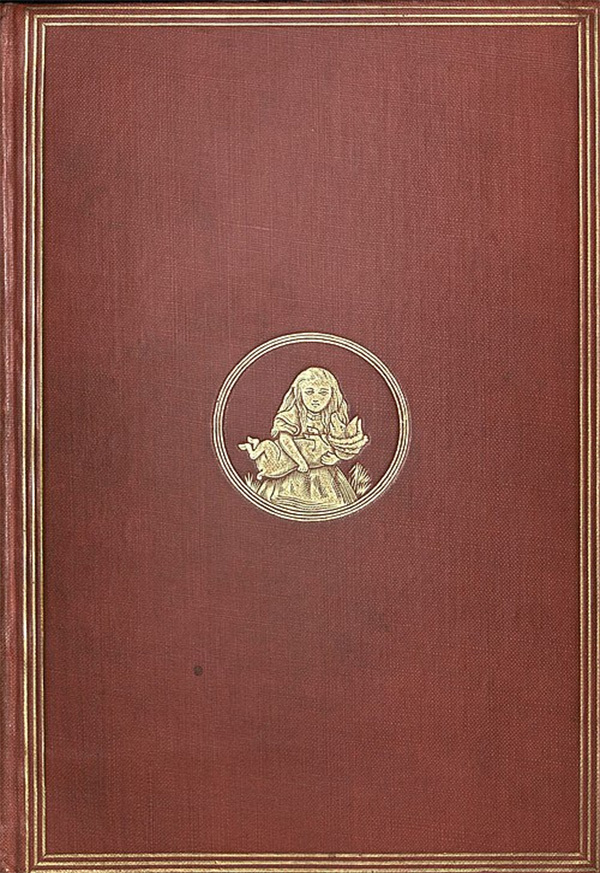
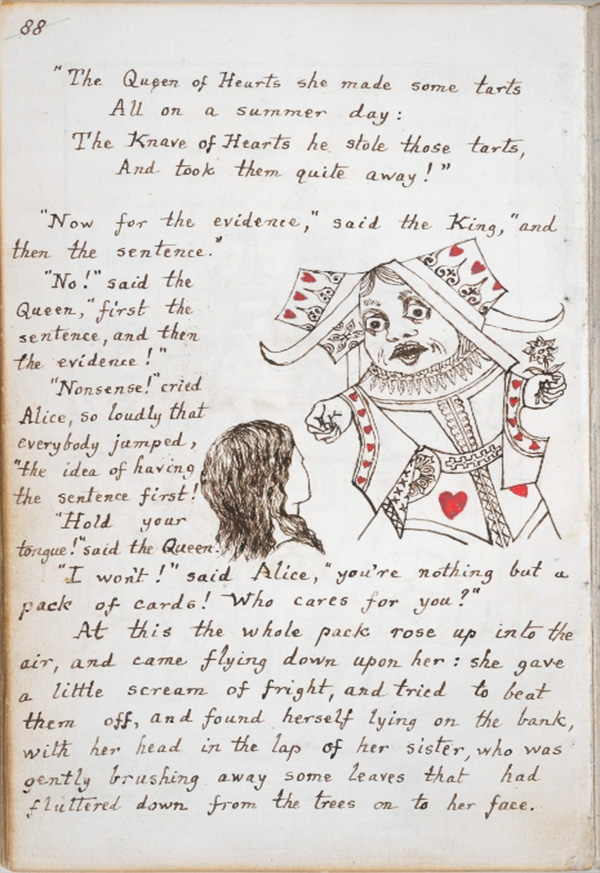
After Lewis Carroll (Charles Dodgson) gifted the original handwritten manuscript — Alice’s Adventures Under Ground — to Alice Liddell, he was encouraged by friends, including novelist Henry Kingsley and George MacDonald (a well-known children’s author), to publish the story for a wider audience.
Carroll took their advice and expanded the tale significantly, adding new episodes like the Mad Hatter’s Tea Party and introducing the now-famous character of the Cheshire Cat. He also commissioned Sir John Tenniel, a political cartoonist for Punch magazine, to illustrate the book professionally.
The revised and illustrated version was published in 1865 by Macmillan Publishers, under the new title: Alice’s Adventures in Wonderland.
The first print run of 2,000 copies in 1865 was recalled due to poor printing quality, but when reprinted, it sold out rapidly — and hasn’t stopped since. The book’s refusal to moralise or “teach a lesson” (common in Victorian children’s stories) was refreshing, and perhaps even rebellious.
The original handwritten manuscript remains one of the most treasured pieces of literary history and now resides in the British Library.
When Alice spots a frantic White Rabbit muttering about being late and dashing into a rabbit hole, her curiosity gets the better of her. She follows him and tumbles into a bizarre underground world where nothing follows the rules of logic or time. As she tries to make sense of this strange place — shrinking and growing after drinking potions and eating cakes — she meets a series of oddball characters: a Caterpillar who questions her identity, a disappearing Cheshire Cat who offers cryptic advice, and a Mad Hatter hosting an endless tea party stuck at 6 o’clock.
Her journey eventually leads her to the Queen of Hearts’ garden, where playing cards are painting roses red and beheadings are threatened at every turn. As Alice navigates this surreal landscape, constantly puzzled and amused, she begins to question reality itself — until the story ends in a sudden courtroom scene and an abrupt awakening. What seemed like nonsense begins to feel like a dream with deeper meaning.
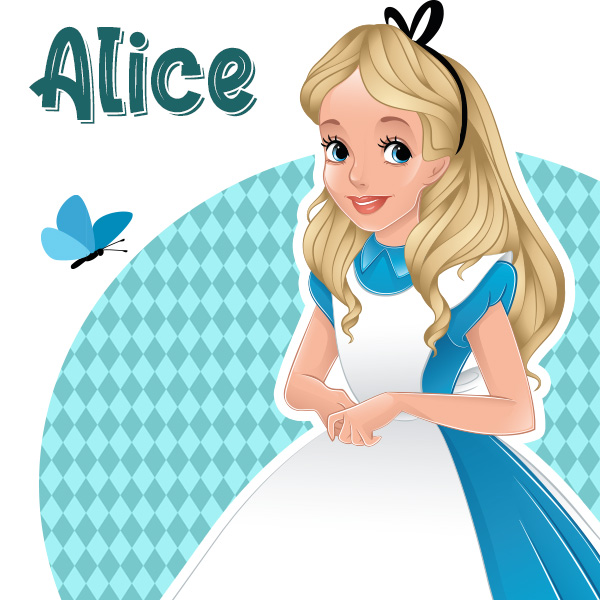
A curious and bold girl, always asking questions and often bewildered by Wonderland’s logic

Always late, always anxious — the creature that kickstarts Alice’s journey
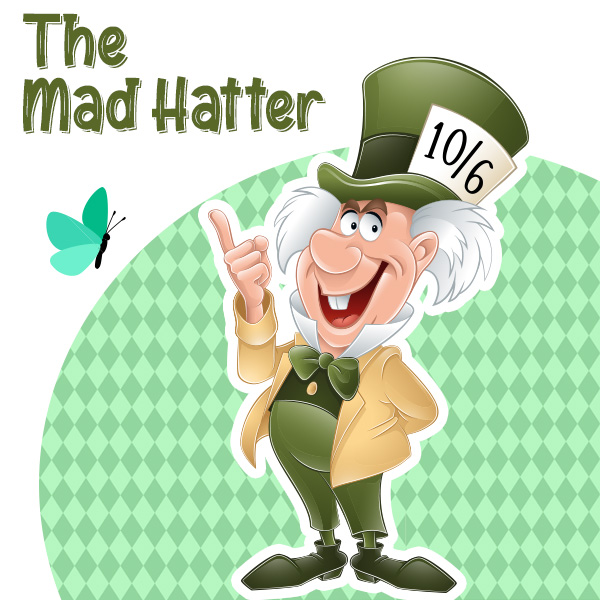
Host of the famously nonsensical tea party, lover of riddles and chaos
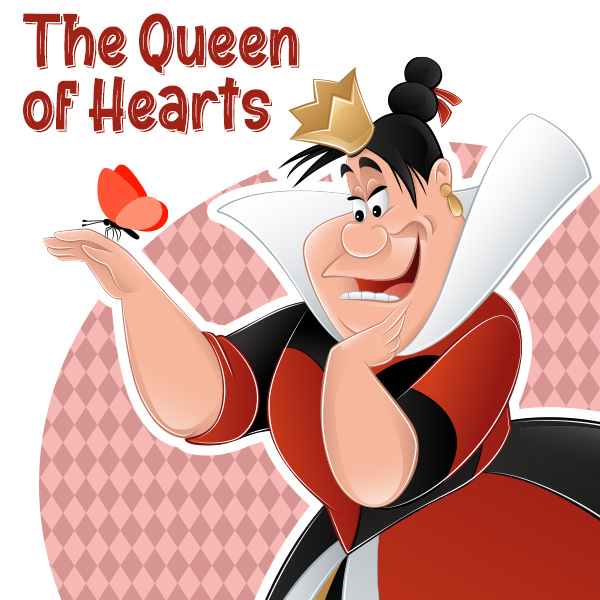
Shouting “Off with their heads!” more than ruling her kingdom
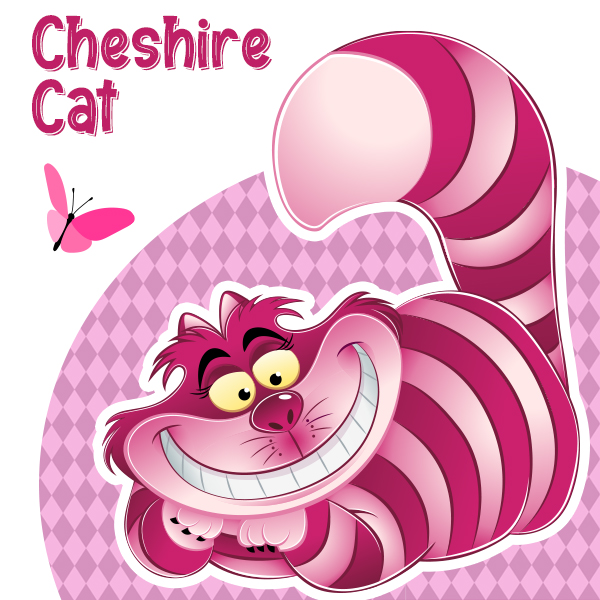
Smirking, cryptic, and always disappearing, but never without wisdom
This isn’t just fiction. Alice in Wonderland Syndrome is a rare neurological condition where a person’s perception of size, distance, or time is distorted — much like Alice’s experience of growing too tall or shrinking. It’s most commonly linked to migraines or epilepsy and is named after Carroll’s tale due to the similar symptoms his characters undergo.
ver 150 years later, the Alice in Wonderland book remains a cultural icon — from movies and fashion to memes and metaphors. It’s been translated into 170+ languages and continues to inspire readers of all ages. The story doesn’t just entertain; it teaches us to question the rules, embrace curiosity, and not fear being a little “mad.”

